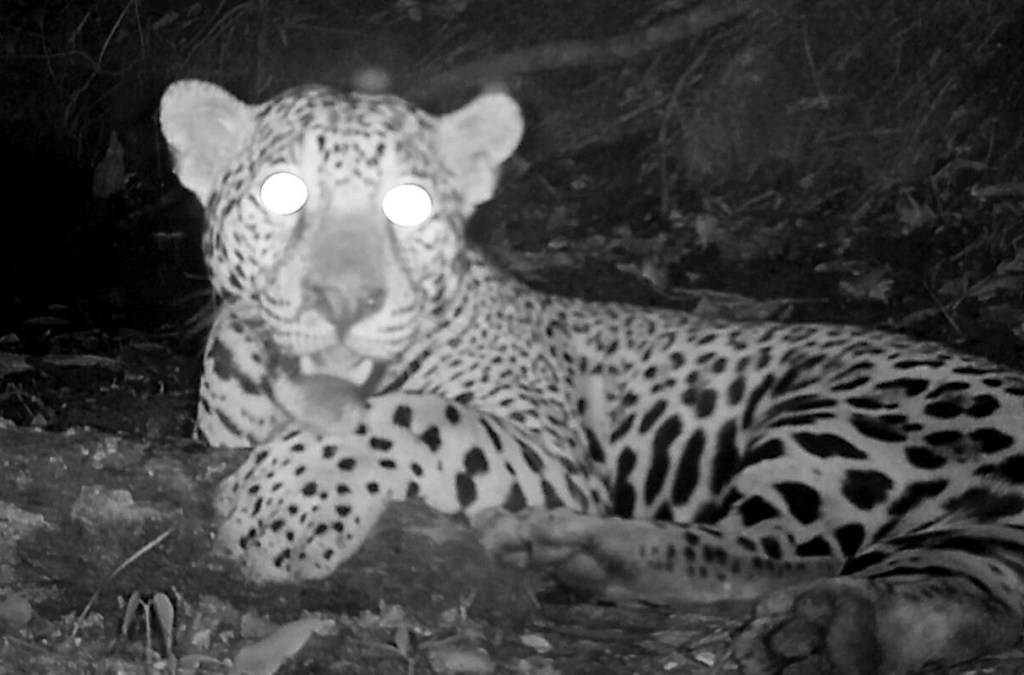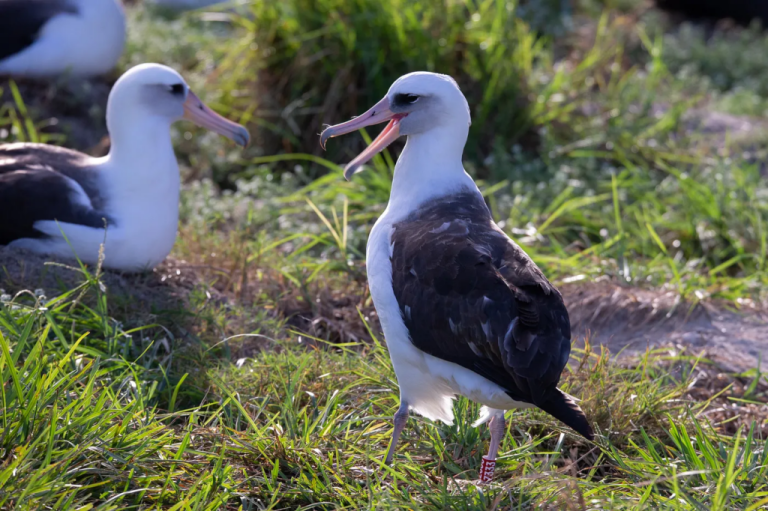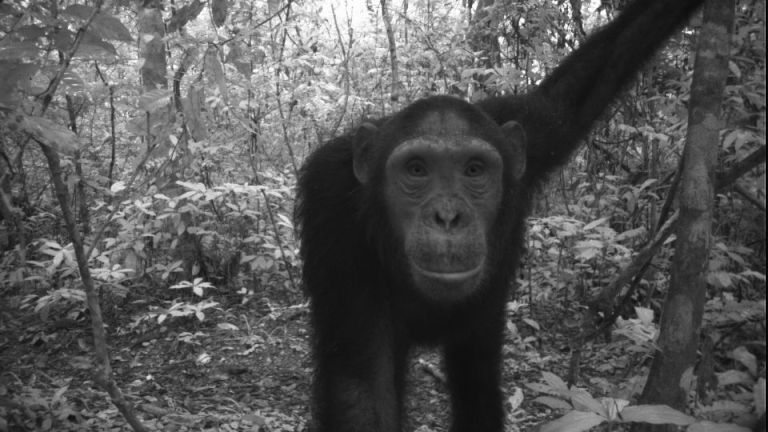A reality show of sorts recently took place in the depths of Guatemala’s Maya rainforest. There, a diverse cast of characters lived out some of their lives on camera, much to their viewers’ delight. But unlike the series you might find on Bravo, the viewers in this instance were scientists — and the cast was made up of ocelots, tapirs, turkeys, deer, jaguars, and more.
The camera traps that captured the animals’ likenesses were set up by a team of researchers with Washington State University and the Wildlife Conservation Society, who published a new study on the results. The most exciting findings? Not only does a community-managed forest where residents legally log and hunt also support a wide variety of wildlife, but that wildlife has largely remained intact even while human activity thrives.
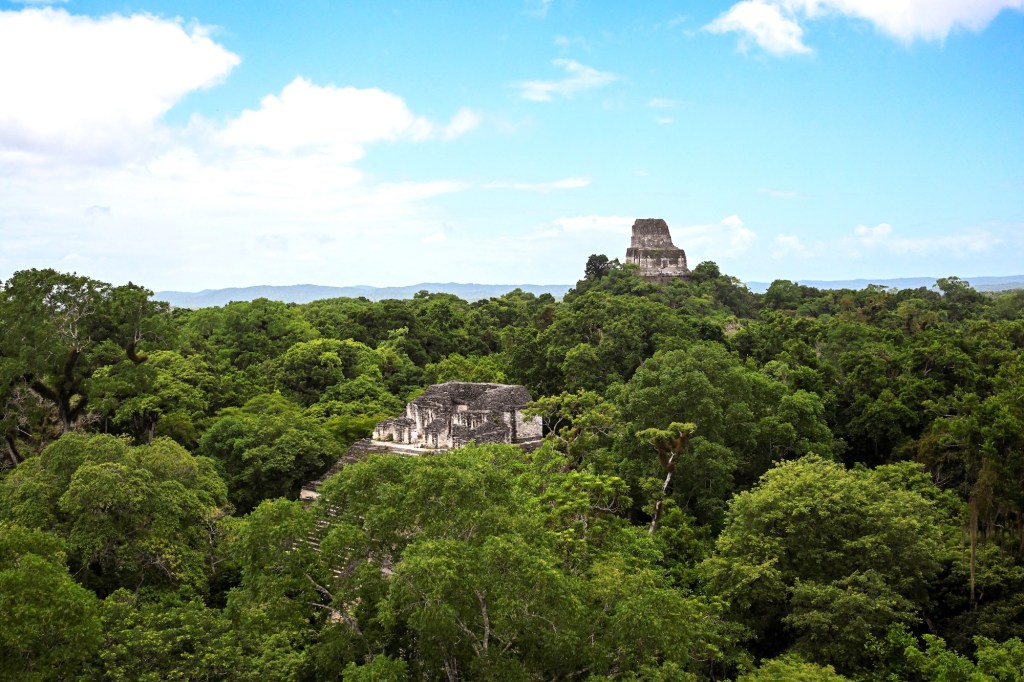
“Uaxactun shows that when local people have the resources, the rights, and the will, community-based forest management can sustain robust populations of wildlife and function as one of the planet’s most resilient conservation strategies,” Roan McNab, Wildlife Conservation Society Guatemala program director, said in a press release.
Researchers found that the forest, part of the Maya Biosphere Reserve, hosted medium-to-large mammals and birds in numbers comparable to those of an entirely protected nature preserve and a national park.
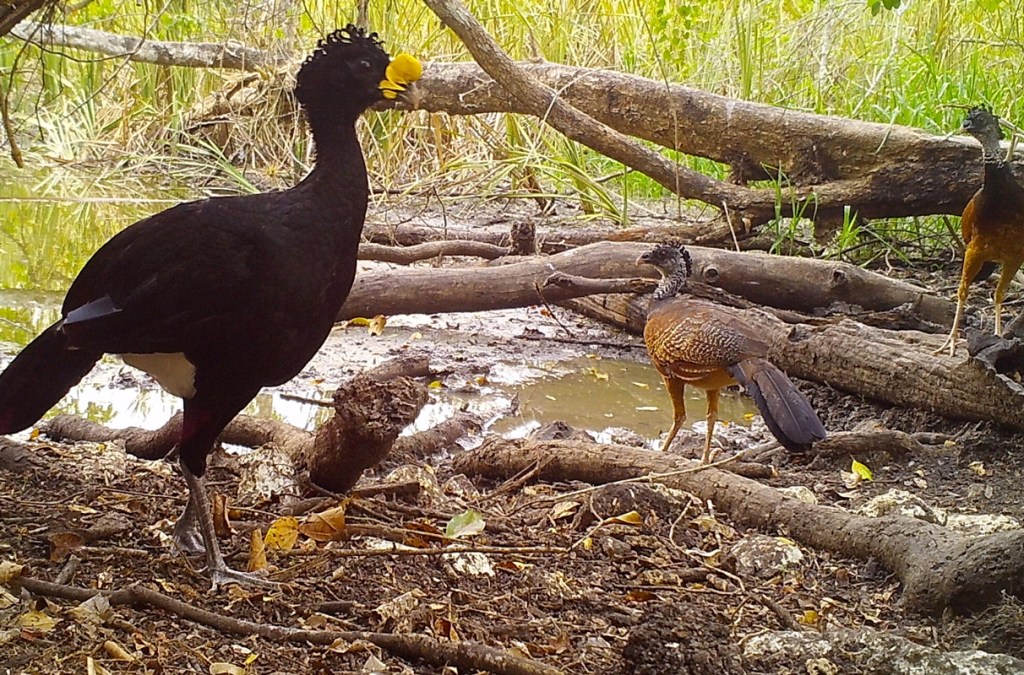
The cameras were set up over an area of around 579 square miles during two dry seasons, with lenses trained on waterholes, roads, and forest trails. Working with locals in the area, who were familiar with different animals’ signs and the overall terrain, the research team counted 26 bird and mammal species across thousands of images.
A vast interconnected ecosystem is represented by those animals, and their presence is crucial to the preservation of other forms of life — and Earth as a whole. The release notes that large mammals help disperse seeds, maintaining plant diversity that in turn helps the forest store carbon, which contributes to global climate stability.
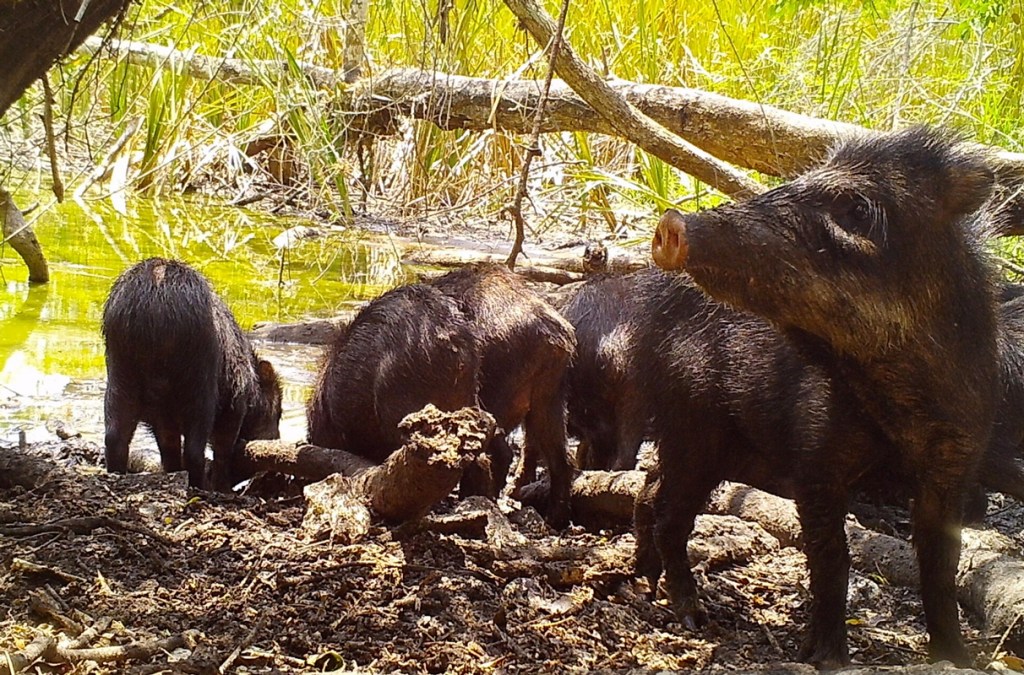
Though these findings are something to celebrate, they’re not representative of all tropical forests that also host humans, the study authors stressed.
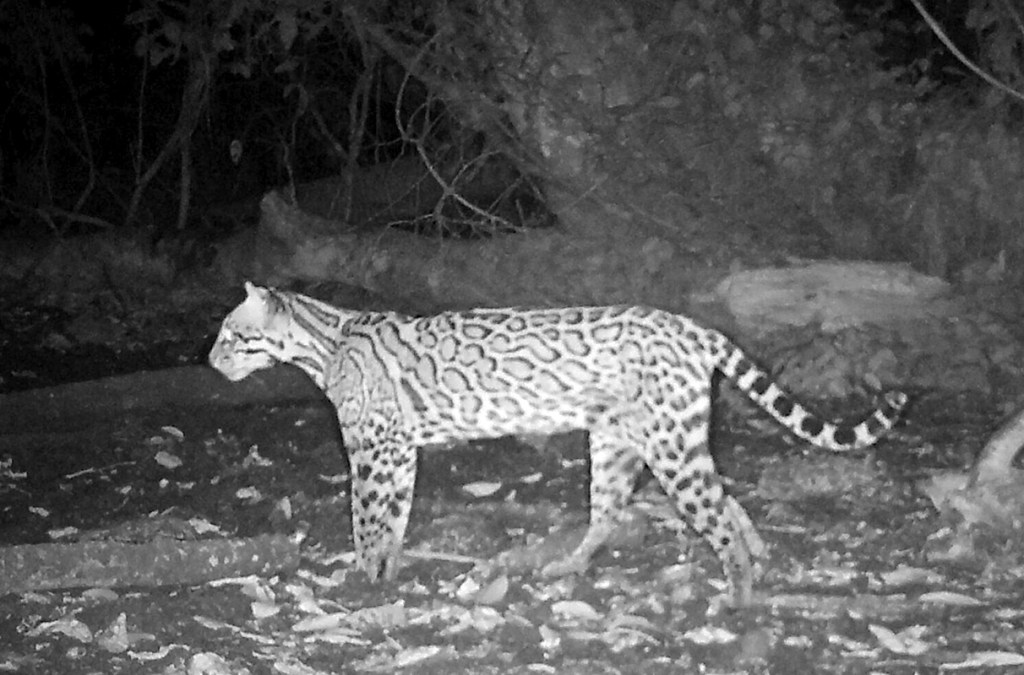
“Our goal was to see how different conservation strategies, strict protection versus managed use, are really working for the wildlife that live there,” said senior author Daniel Thornton, an associate professor at WSU. “While our results show this wasn’t the case in Uaxactun, forests in many tropical regions can appear lush and healthy from above, even as their canopies conceal what’s known as an ‘empty forest’ — a landscape stripped of wildlife.”
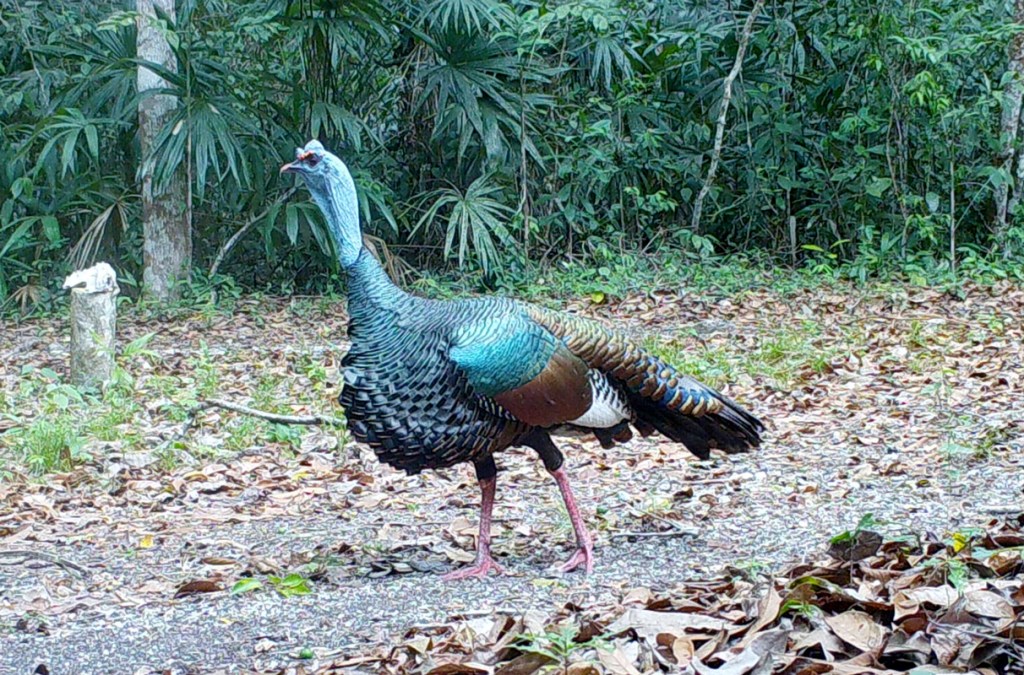
Indeed, amid the positive findings, there were some indications of unease between the animals and their human counterparts. Certain vulnerable species, including white-lipped peccaries (a species of pig) and great curassows (a large game bird), tended to avoid areas where human foot traffic was high.
Still, a win is a win, and in this case, it can be chalked up to the “Uaxactun community’s careful stewardship,” per the release.
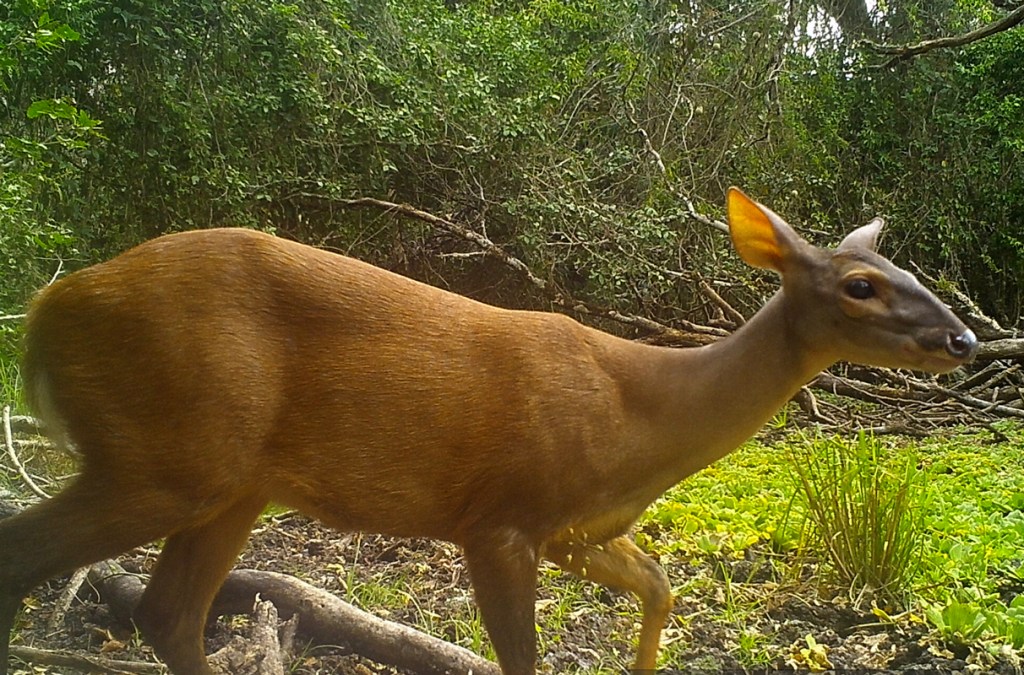
“It’s a model for how communities can responsibly use and protect tropical forests, especially when compared to the extensive defaunation that occurs when communities practice cattle ranching instead of forest stewardship,” Thornton noted.
And the research is also a model for other conservationists, added lead author Lucy Perera-Romero. “These forests are beautiful, but also fragile,” she said. “The more we know about what’s happening inside them, the better we can protect them for everyone, people and jaguars alike.”
RELATED: For the First Time in Years, a Rare “Ghost Elephant” Was Spotted on Camera
